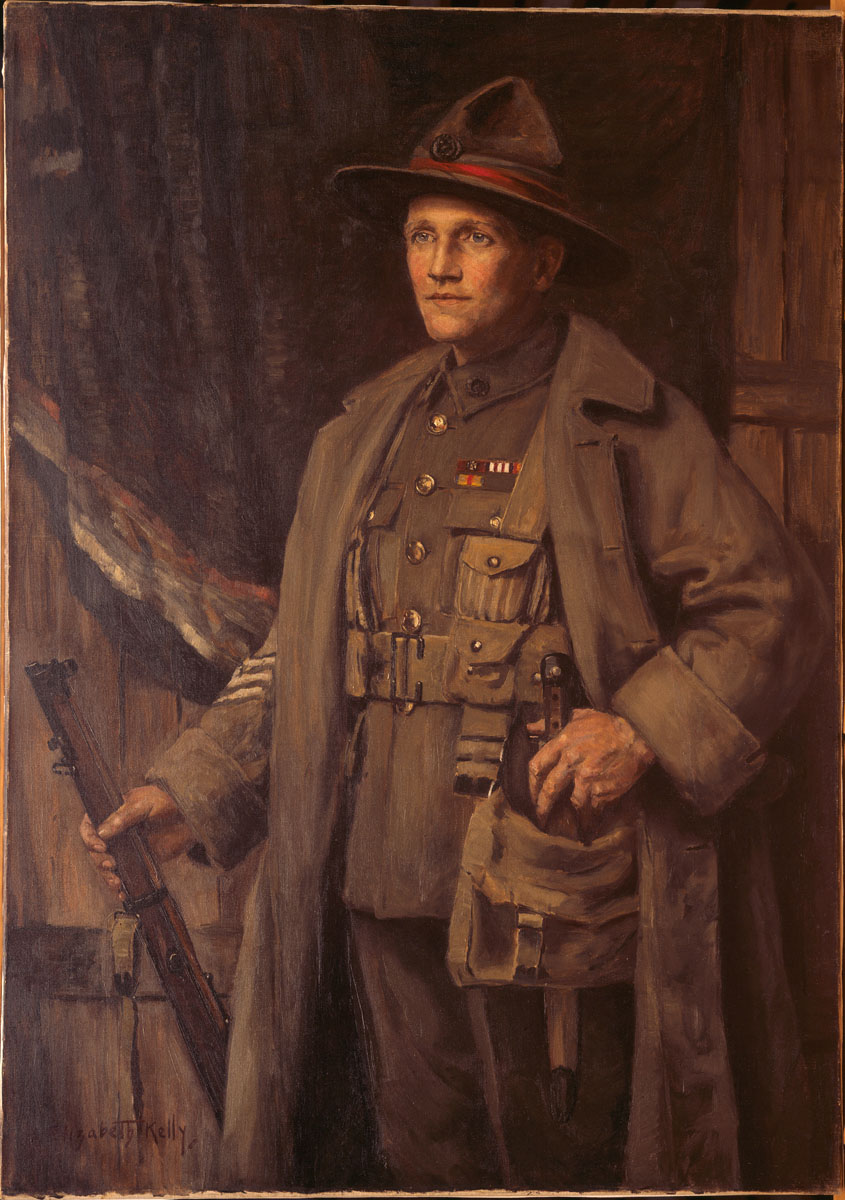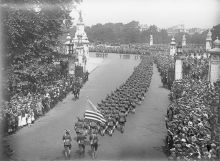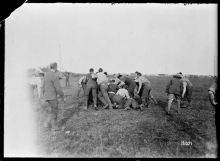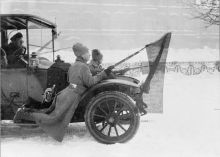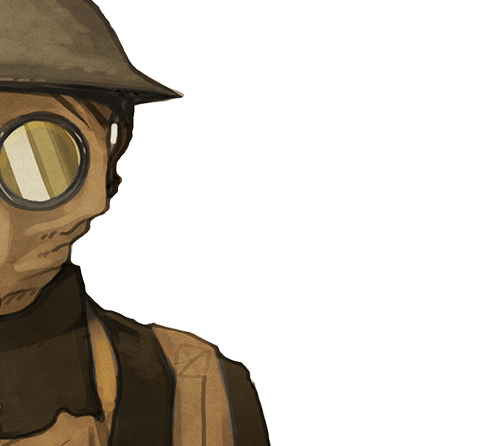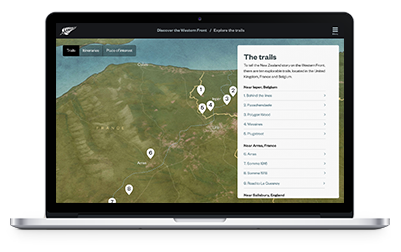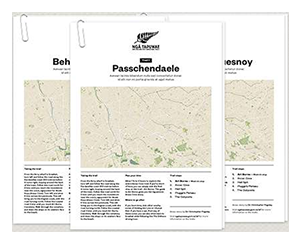Sergeant Henry James Nicholas
1st Battalion, The Canterbury Infantry Regiment
A veteran of the Somme and Messines, Nicholas charged forward during the attack on Polderhoek Chateau, single handedly taking out a German machine gun team.
Read this audio story
Henry Nicholas
Henry Nicholas was a Sergeant in the Canterbury Regiment who served on the Western Front, and was decorated for his actions.
Born in Lincoln, and growing up in Christchurch, Nicholas trained as a carpenter, and was a promising amateur boxer. He worked for several years in Australia, then returned to New Zealand not long before enlisting in the New Zealand Expeditionary Force.
Arriving in France in September 1916, Nicholas saw action at the Somme, and later Messines. He was also involved in the Polderhoek attack on 3 December 1917. Advancing alongside men of the First Canterburys and First Otagos, Nicholas single-handedly took out an enemy position.
His commanding officer recommended him for an award, noting his fearless example, and Nicholas was awarded the Victoria Cross.
The London Gazette, and several other publications, reported his citation:
For most conspicuous bravery and devotion to duty in attack. Private Nicholas, who was one of a Lewis gun section, had orders to form a defensive flank to the right of the advance, which was checked by heavy machine-gun and rifle fire from an enemy strong-point.
Whereupon, followed by the remainder of his section at an interval of about 25 yards, Private Nicholas rushed forward alone, shot the officer in command of the strong-point, and overcame the remainder of the garrison of 16 with bombs and bayonets, capturing four wounded prisoners and a machine-gun.
London Gazette
The Colonist reported:
By his prompt and gallant action he undoubtedly enabled the battalion to advance and secure its objective. When this had been done, and orders had been given to dig in, Private Nicholas volunteered to go back to the rear and search for bombs and ammunition, of which his company was in great need. This he did in the open, in the fact of exceptionally heavy machine-gun and rifle fire. His uniformly gallant conduct throughout the day inspired all around him, many of whom were men who were under fire for the first time.
The Colonist
In mid-1918, while on leave in England, Nicholas was invested with his Victoria Cross by King George V.
After his return to the front in September 1918, his regiment moved near Le Quesnoy. On 23 October a German patrol blundered into Nicholas’s position on a flank, guarding a bridge over the River Ecaillon. During this skirmish, he was killed by heavy machine-gun fire. He was the only New Zealand casualty in the skirmish. It was less than three weeks before the armistice.
Two months earlier, Nicholas’s girlfriend Ethel Martin had written to him, hoping that he’d received a photo that she had sent him earlier. She also mentioned his Victoria Cross:
I see well you received an investiture with the King and received your V.C. on July 11th.
I guess you had a lovely time at Home and made the best of the occasion. It will be one which you will not forget in a hurry and I am anxious to hear all about it.
Ethel Martin
Ethel continued:
My word Harry, I would just love to be with you as you say. What a time we would have but wait until you come back to N.Z.
Ethel Martin
Ethel never received a reply. Her letter arrived in France after Nicholas’s death, and was returned to her with the word ‘Deceased’ stamped on the envelope.
Ethel Martin never married, and it is said she kept a portrait of Nicholas by her bed until the day she died.
